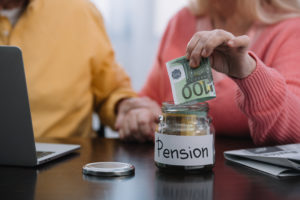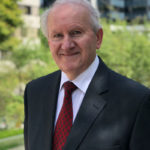Special to the Financial Independence Hub
Employees with a workplace pension plan are part of a lucky minority. In the Canadian private sector, less than 25% of workers currently have an employer pension plan. Most often, the plan offered is a Defined Contribution (DC) arrangement.
DC plans are appealing to employers because they pose few legal or financial risks. Within a typical DC scenario, both the employee and employer contribute money into the employee’s individual account. Come retirement, the onus is on the employee to figure out how to convert these pension savings into steady income.
Decumulation game not easy to win
The name of this game is “Decumulation.” It’s not an easy game to win. Retirees of DC plans are at risk of burning through their savings too quickly, leaving them without sufficient income in their later years. Conversely, financially conservative retirees may spend too little of their pension savings at the expense of a comfortable retirement.
One foolproof decumulation option DC retirees have is to buy an annuity from an insurance company. An insured annuity is a financial product that retirees can transfer some or all of their pension savings to in order to receive regular, guaranteed payments until death. The downside? This guarantee doesn’t come cheap. The average retiree who purchases an insured annuity can expect to forfeit as much as 20-30% of their pension savings to pay for the promise of predictable lifetime income with no future upside.
More affordable lifetime annuities
Fortunately, a new more affordable type of lifetime annuity will soon be offered through registered DC plans in Canada, and it’s a game changer. The Variable Payment Life Annuity (VPLA) was recently proclaimed into law and is poised to provide an excellent decumulation option for members of registered DC pension plans.
Within a VPLA framework, investment and mortality risks are pooled amongst many retirees, rather than insured at the individual level. This cooperative approach makes the VPLA significantly less expensive, while still delivering reasonably predictable lifetime retirement income.
The trade off, of course, is the “variable” element of the VPLA as payments may fluctuate due to market volatility or mortality experience within the pool. Still, without an insurance company taking large profits, a VPLA will generally pay out a monthly pension substantially greater (20-30% greater) than a traditional insured annuity while retaining future upside potential. Continue Reading…









